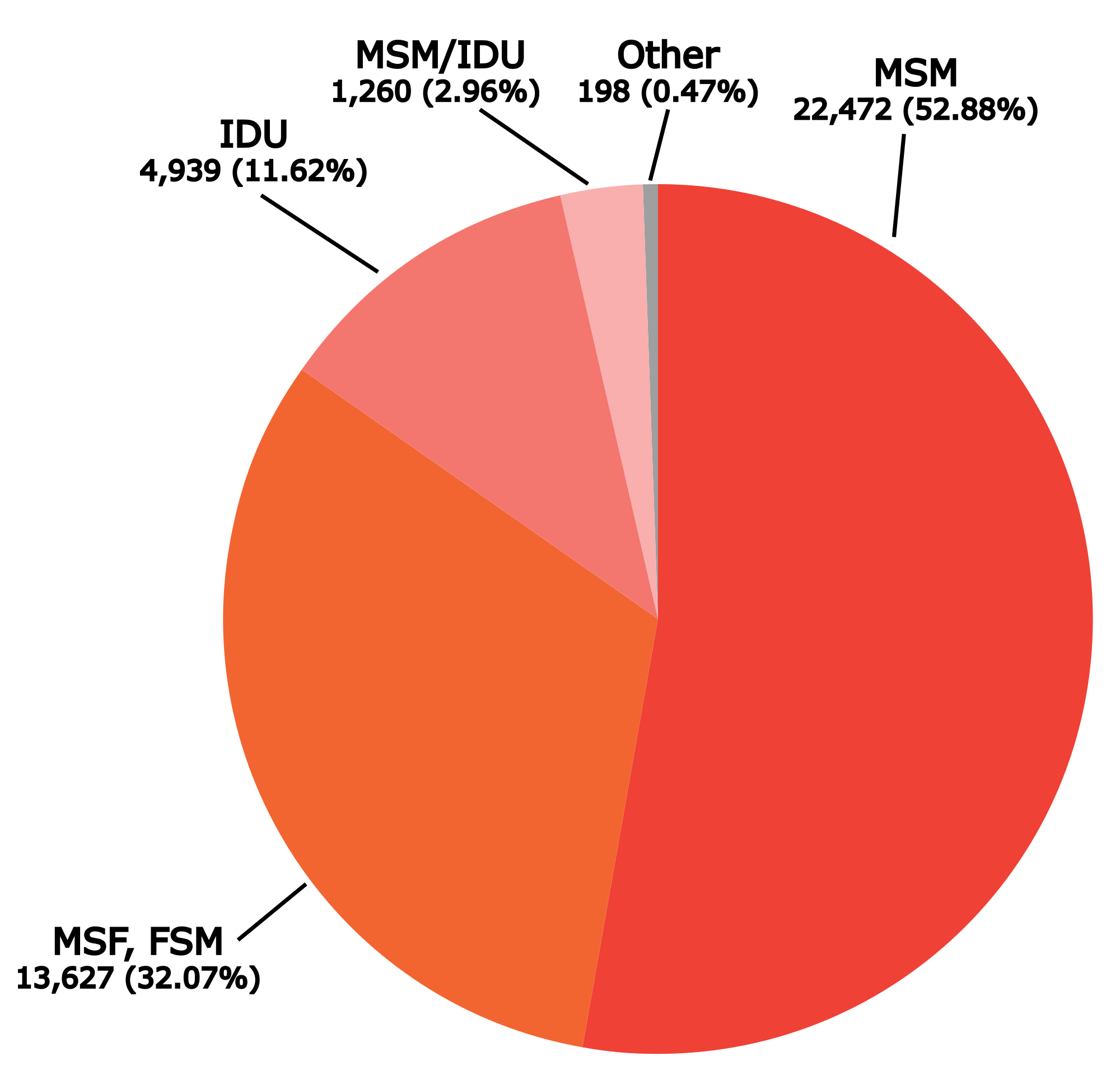Abstract
The number of HIV-infected individuals is increasing, making it important for the public to understand not only how HIV is transmitted but also the lack of transmission risk associated with casual contact. Using CDC’s National Center for Health Statistics National Health Interview Survey, we divided modes of transmission items into two areas of knowledge: “True Transmission” and “False Transmission.” Items were recoded with scores from 3 for the most correct response to 0 for the most incorrect response for each of three items related to true and each of eight items related to false transmission. Item and principal components factor analyses yielded two distinct dimensions (true factor loadings from 0.68 to 0.76, false factor loadings from 0.56 to 0.74). Mean scores of 8.3 (range 0-9) and 15.9 for 1987 (range 0-24) for true and false transmission indices, respectively, provide evidence that the population is highly knowledgeable about true modes of transmission but far less so about false modes. Knowledge levels have increased between 1987 and 1989, most meaningfully in the area of false transmission. Use of these indices will facilitate the monitoring over time of differential knowledge, attitudes, and beliefs related to HIV and AIDS.
Gentry EM, Salmon CT, Wooten KG, Jason JM
J. Acquir. Immune Defic. Syndr. 1993 Jan;6(1):76-81
PMID: 8417179
